The Germans Were Set for Success
World War II was one of the most notoriously horrific episodes in human history. Countless horrific actions were perpetrated during the conflict, but there were also many acts of heroism.
The Battle of the Bulge stands out from the rest of the war because it was the last-ditch effort by German forces to capture the Belgian Ardennes with a surprise attack. While the allied troops were eventually defeated, the Battle of the Bulge, which lasted over a month, was one of the most violent and horrific confrontations in human history.
Here are some little-known facts about one of history’s most famous and brutal wars.
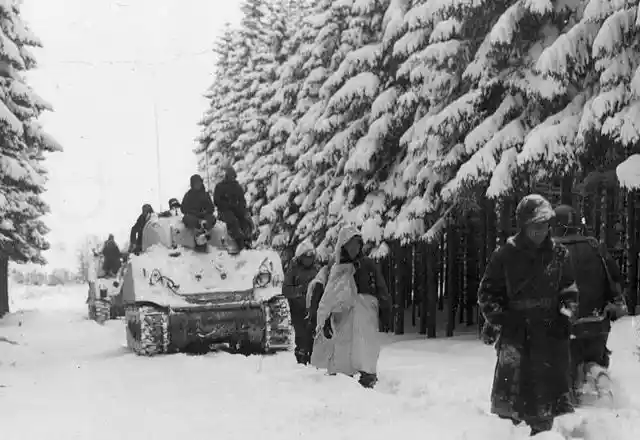
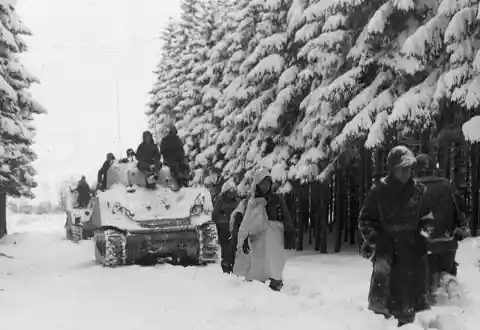
Preluding the attack, the Germans were prepared and ready for battle. They had organized a surprise attack on a frigid morning on December 6th, 1944. Ceasing control of important ports in Belgium was a proven way to divide and disorganize the approaching Allied forces. The aim was to completely surround them and eliminate anyone who was in their way.
The Germans were unwavering in their belief in this strategy, especially as adverse weather and unreliable radio reception began to impair the unprepared Allied soldiers, which the Germans cleverly planned for. It was intended to be a straightforward process.
The surprise attack initially worked. As the surprise onslaught began, the Allied forces, who were already fatigued from the weather, began to scramble. Sudden action combined with limited communication options hampered their ability to mount a counteroffensive, resulting in significant losses.
Not Going Down Without A Fight
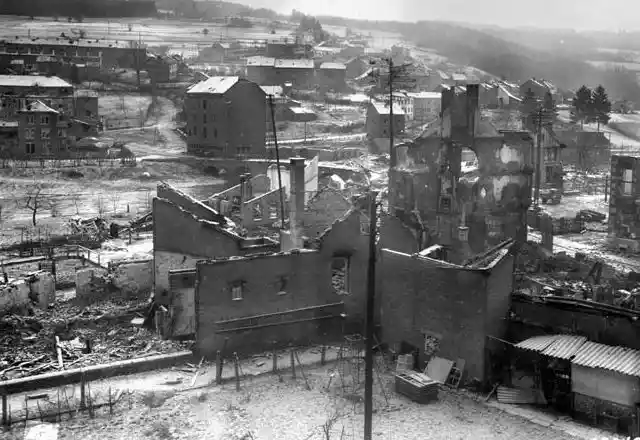
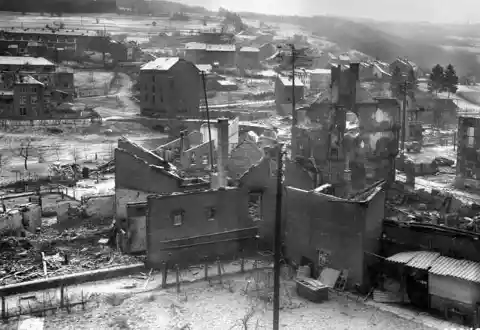
It didn’t start well for the Allies at first. Their response was hampered by widespread uncertainty and a lack of communication. They eventually gained enough ground to mount a serious counterattack.
They were able to repel the invaders by concentrating all of their efforts on vital strongholds along the line. The holding of major defensive locations, including Bastogne and Elsenborn Ridge, was critical to repelling the assault.
The Allies had one advantage: knowledge of the terrain, which they exploited to their benefit to delay the advancing forces. When the bad weather began to clear, the Allies gained even more ground. They were able to call in air support to help thin out the advancing German lines, which proved to be a critical turning point in the campaign.
The Tragedy Of Vernon German
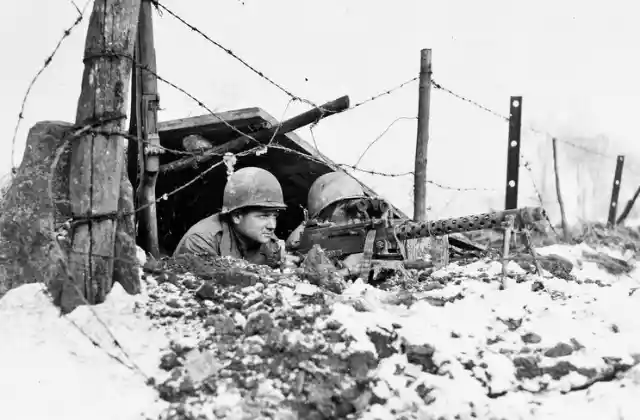
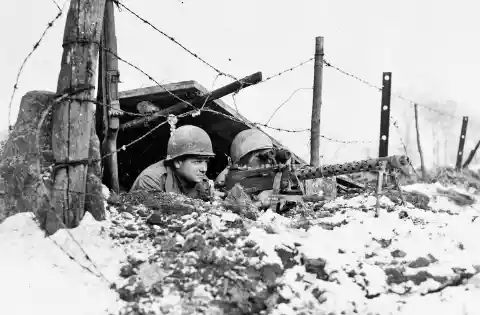
Vernon German, like many other young Americans in the United States at the time, was eager to embark on a ship to Europe and protect his homeland. Vernon registered for the draft and waited for his number to be called. However, he was never called upon as the battle progressed. This is when he decided to join for himself and go serve, as he had been anticipating.
He was eventually accepted and sent to Infantry Officer training. Vernon left for France in mid-October 1944, only to find himself on the frontlines of the Battle of the Bulge the following December. Vernon had spent years wanting to enlist to protect his country, and now he finds himself staring at one of history’s most brutal battles.
Vernon German, sadly, did not survive the fight. After his body was discovered months after the war, a telegram was sent to his wife alerting her of the dreadful news.
War For Christmas
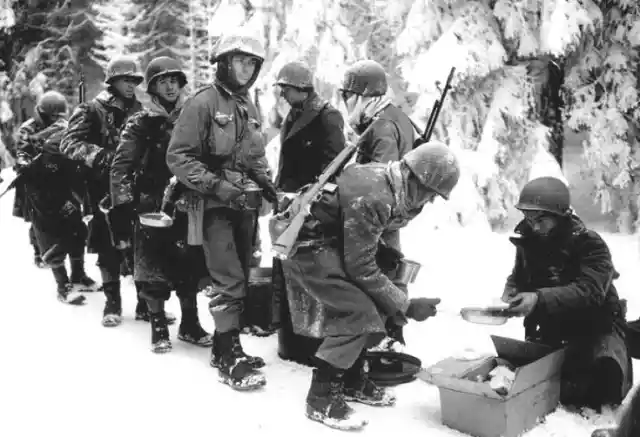
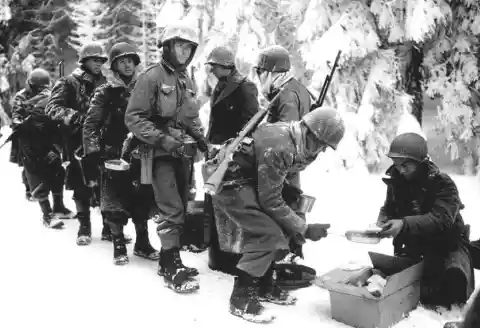
If this conflict wasn’t horrible enough, one of the more infamous moments of it occurred on Christmas Eve.
On a frosty December 24th, the Germans began a tremendous push with an estimated 88 artillery weapons and an entire fleet of air support. The conflict centered on a small French town called Le Harve and raged on.
The “Luck” Of Verland “Jerry” Devon
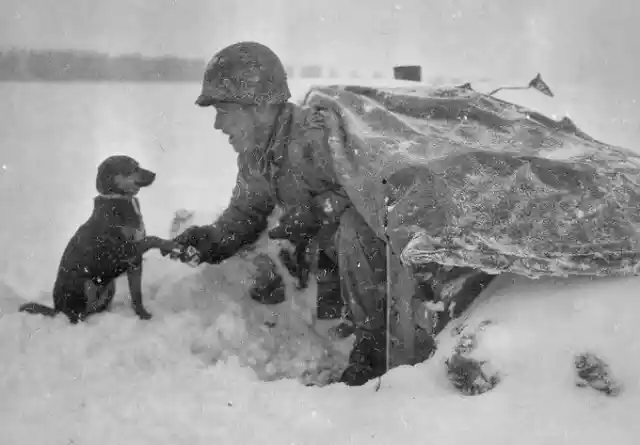
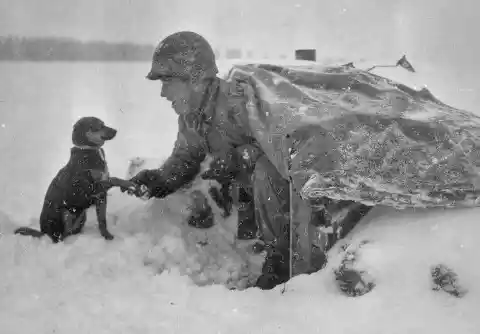
Despite the fact that many of these young guys were not feeling lucky at the time, it was nonetheless displayed in some bizarre ways. Devon, Verland “Jerry,” is an example of this good luck.
Verland, like many other young men, was drafted right out of high school. During the war, he served as a medic at one of the lines’ strongholds, Elsenborn Ridge. This means that once the fight began, it was his responsibility to get to the front lines and assist the wounded, a difficult assignment.
A tank was zeroing in on his location at one point, firing rounds that landed right behind Verland, wounding him with shrapnel in his back and legs. While he recovered quickly, Verland was eager to return to the front lines and continue his support, refusing to go home.
Verland’s Clever Trick
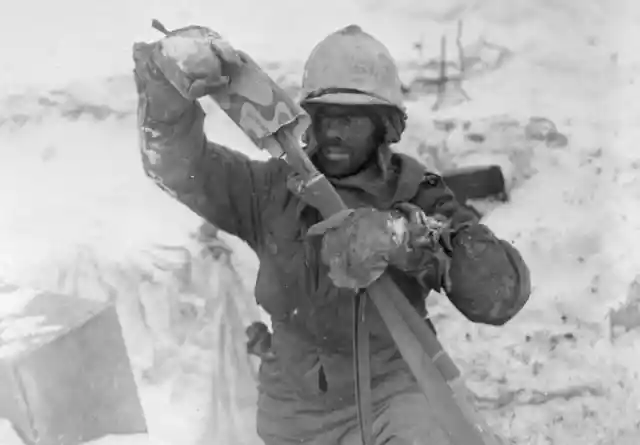

All military personnel were aware that the enemies were especially targeting medical personnel, refusing to even take them as prisoners. To avoid this, Verland devised a plan to disguise himself on the battlefield by removing his helmet, which bore a large red cross signifying his medic status. This was done to protect himself as well as other medics in his vicinity.